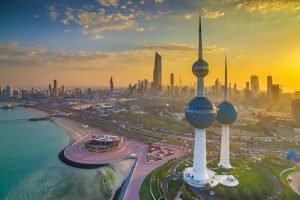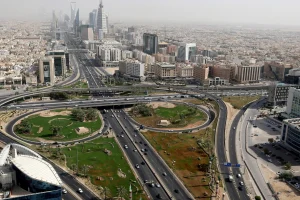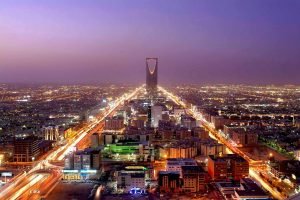Saudi Arabia

Travel to Saudi Arabia
Saudi Arabia is a land of rich history and modern marvels, blending ancient traditions with cutting-edge development. As the birthplace of Islam, it holds immense cultural and religious significance, with cities like Mecca and Medina attracting millions of pilgrims each year. Beyond its spiritual heritage, Saudi Arabia boasts dramatic landscapes, from the vast deserts of Rub’ al Khali to the crystal-clear waters of the Red Sea.
In recent years, the country has opened its doors to international tourists, offering a chance to explore hidden treasures like Al-Ula’s ancient ruins, Riyadh’s towering skyscrapers, and Jeddah’s vibrant waterfront. Whether you’re seeking adventure, cultural experiences, or world-class luxury, traveling to Saudi Arabia promises a journey unlike any other.
Key facts for Saudi Arabia
Capital city
Riyadh
Population
Approximately 36 million
Offical language
Arabic
Currency
Saudi Riyal (SAR)
Power Plugs
220V, Plug Types G
Climate
Desert climate with hot summers and mild winters
Religion
Islam (official religion)
Timezone
Arabian Standard Time (AST, GMT+3)
Culture
The culture of Saudi Arabia is deeply rooted in Islamic traditions, which influence every aspect of daily life. Hospitality is at the heart of Saudi culture, and visitors are often welcomed with warmth and generosity. The traditional dress, such as the thobe for men and the abaya for women, reflects both modesty and heritage.
Saudi cuisine is another cultural highlight, with dishes like kabsa (spiced rice with meat), mutabbaq (stuffed flatbread), and fresh dates being staples of the local diet. Music and dance, like the traditional sword dance “Ardha,” are integral to celebrations and festivals. Exploring the culture of Saudi Arabia offers a unique glimpse into a way of life that harmonizes ancient customs with modern influences.
Best time to visit
The best time to visit Saudi Arabia is during the cooler months, from October to March. During this period, temperatures are more comfortable, making it ideal for exploring cities, deserts, and coastal areas. Winter is also a great time to enjoy outdoor activities, such as desert safaris or diving in the Red Sea.
Summer months (April to September) can be extremely hot, especially in central and southern regions, but they are perfect for visiting indoor attractions like museums and malls. If you’re planning to visit Mecca or Medina during religious occasions, be prepared for larger crowds. Knowing the best time to visit Saudi Arabia can help you plan an enjoyable and comfortable trip.
Shopping Experience
Shopping in Saudi Arabia is an exciting blend of traditional and modern experiences. The country is home to sprawling malls like Riyadh Park and Red Sea Mall in Jeddah, offering international brands and luxurious shopping environments. For a more cultural experience, head to traditional souks like Souq Al-Zal in Riyadh or Al-Balad in Jeddah, where you can find handmade crafts, jewelry, and spices.
Don’t miss the chance to shop for authentic Saudi items like oud (a traditional fragrance), camel milk soap, or intricate Arabic calligraphy pieces. The country also offers tax-free shopping for tourists, making it even more enticing. Whether you’re looking for luxury goods or unique souvenirs, shopping in Saudi Arabia caters to every taste and budget.
Climate
The climate in Saudi Arabia is predominantly desert, characterized by hot summers and mild winters. During summer, temperatures can soar above 45°C (113°F) in many regions, particularly in the central and eastern parts of the country. In contrast, the winter months offer milder temperatures, ranging from 10°C to 25°C (50°F to 77°F).
The coastal areas, such as Jeddah and Dammam, experience high humidity, while the mountainous regions in the southwest, like Abha, enjoy cooler weather year-round. Understanding the climate in Saudi Arabia helps travelers pack appropriately and plan activities based on seasonal conditions.
Safety
Saudi Arabia is considered a safe destination for travelers, with low crime rates and well-maintained public security. The government has made significant efforts to ensure safety, especially for tourists. However, it’s essential to respect local laws and customs, as Saudi Arabia is a conservative country with strict rules regarding dress, behavior, and public conduct.
When exploring urban areas or remote deserts, it’s wise to follow local advice and travel with a guide if necessary. Emergency services are readily available in most regions, and tourists are encouraged to familiarize themselves with local regulations to ensure a smooth and enjoyable experience. Staying informed about safety in Saudi Arabia is key to having a worry-free journey.








